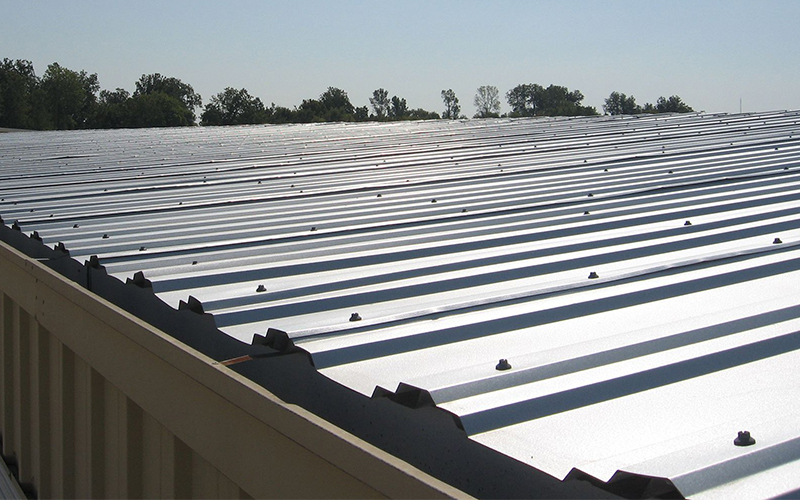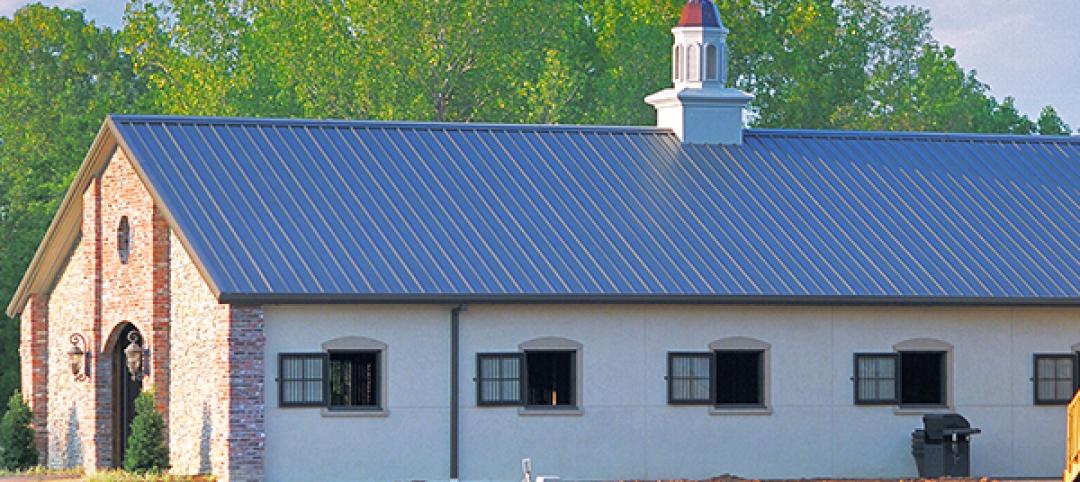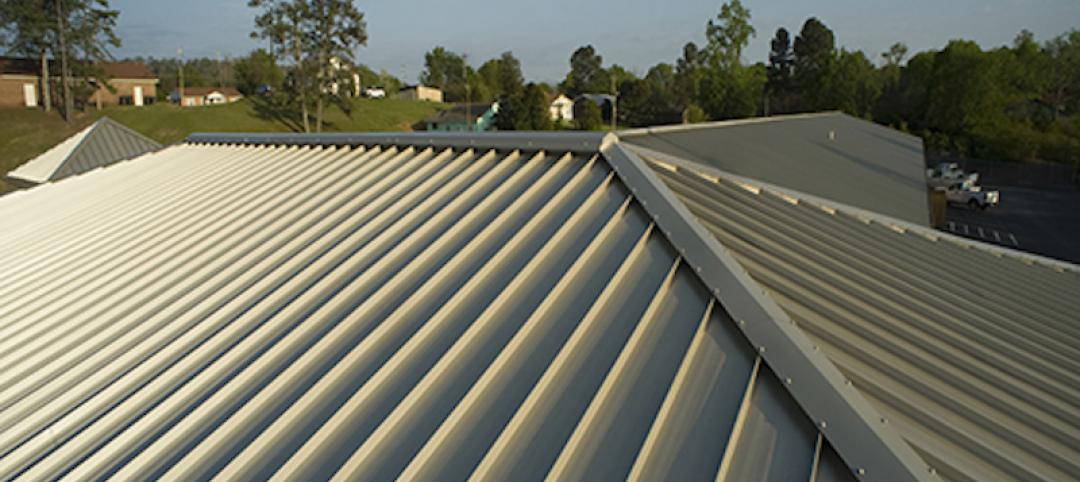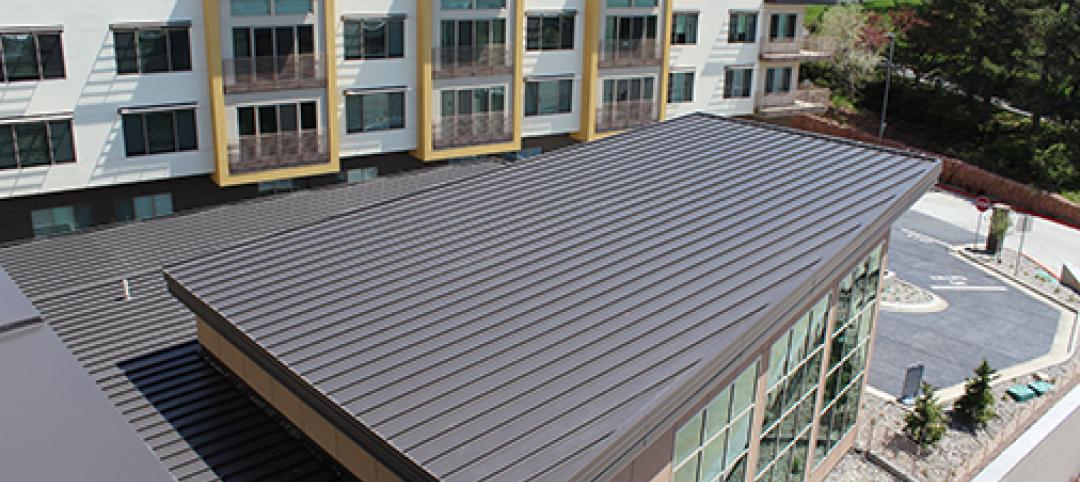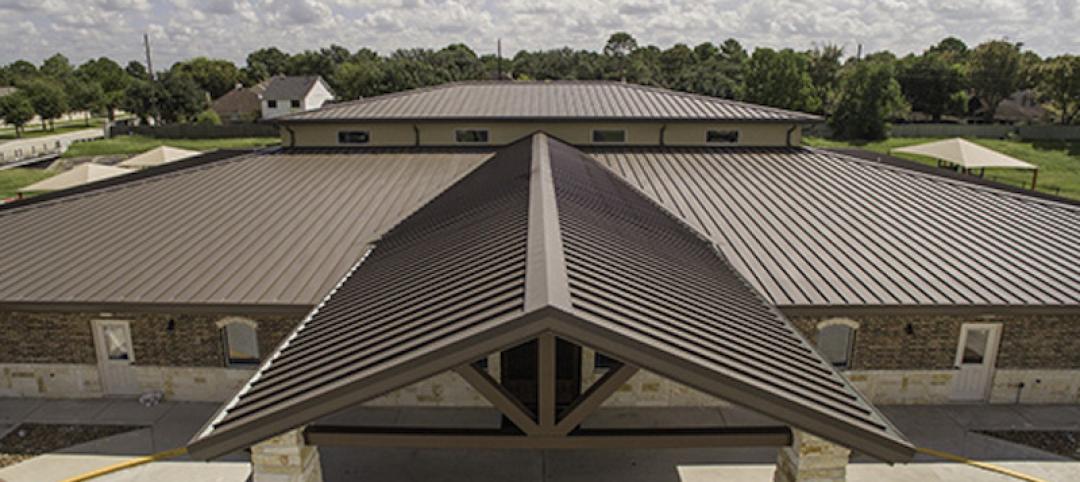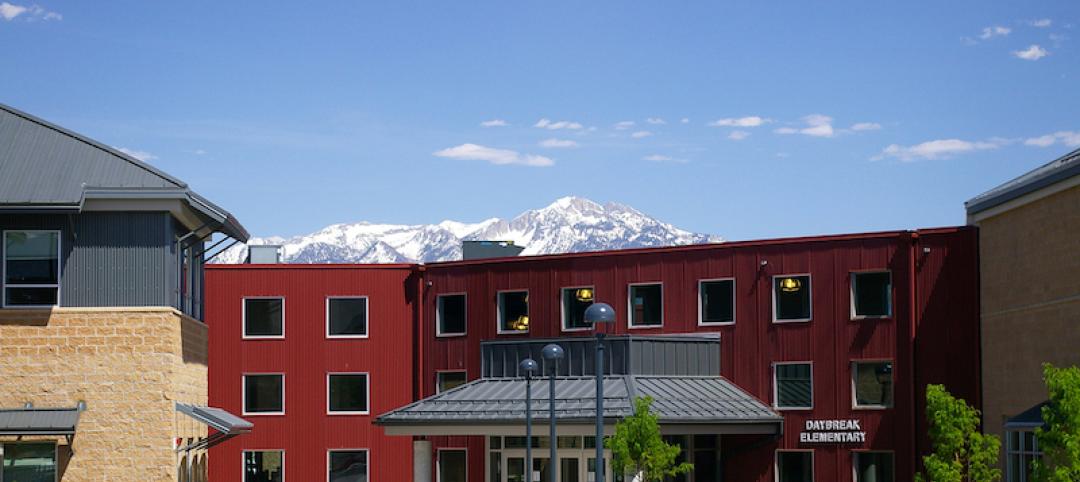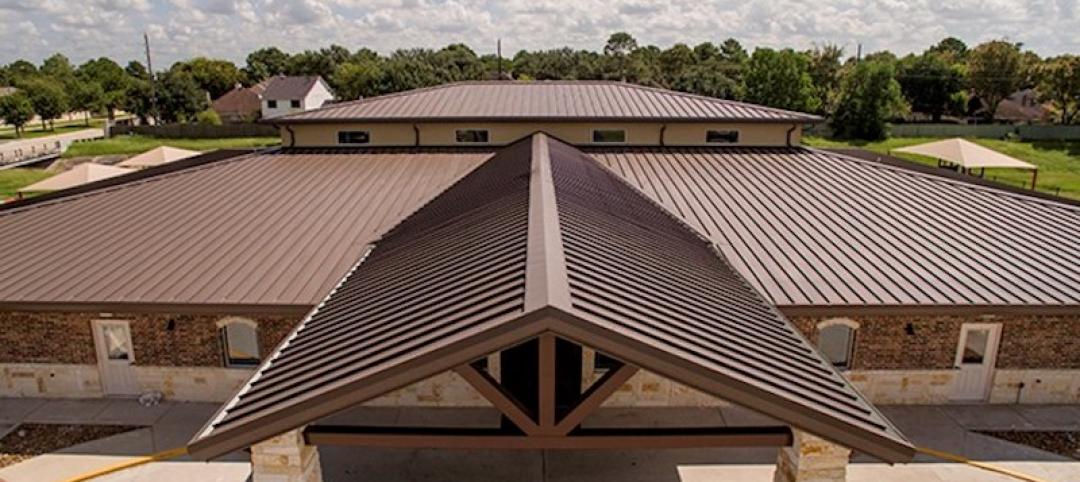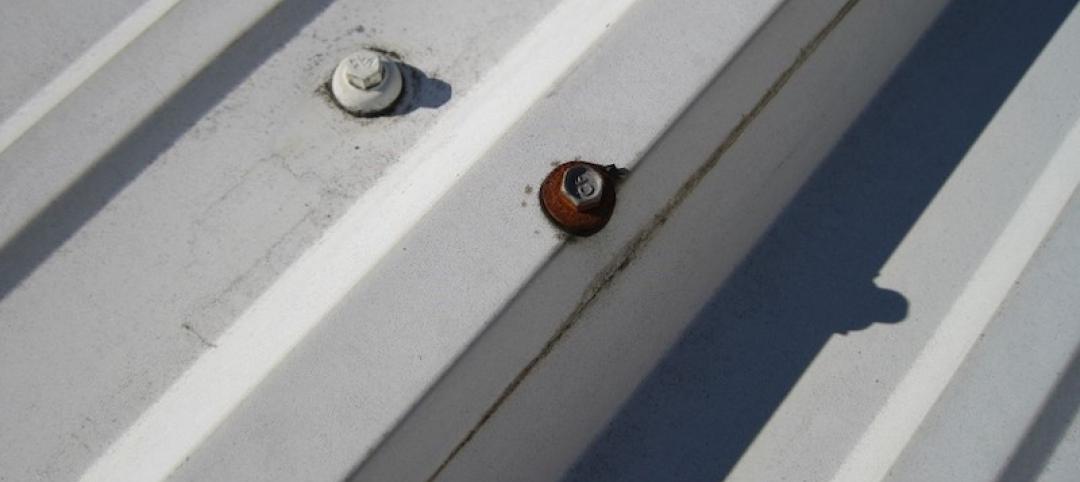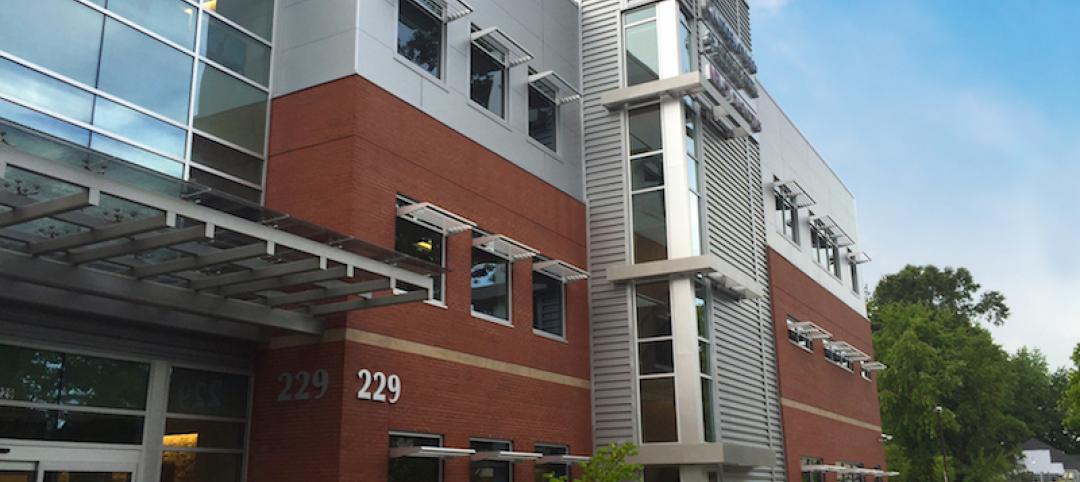If you are looking for a low-cost retrofit solution and want to cover your roof with a lightweight, through-fastened panel, MBCI’s Retro-R® Panel installed over your existing roof could be the answer. Retro-R® panels provide a host of advantages for the retrofit roof project, including allowing the existing roof to stay in place during installation, thereby eliminating business downtime; time and labor cost savings; minimizing the possibility for water entry into the building; and providing a safer working environment—all with energy-efficient, versatile options. Here’s a quick rundown of some specific benefits of Retro-R® panels.
Cost and Time Savings
There are a number of potential cost saving scenarios afforded by choosing the Retro-R® panel solution. First and foremost, the Retro-R® panel entirely eliminates the roof or wall removal process as it is installed directly over an existing R panel. This allows the facility to remain open so there’s no interruption to business operations, minimizing the loss of revenue.
Also, by not having to remove the roof or wall, installers save time (which also equates to lower labor costs). Not only does installation of Retro-R® panels save time in the project schedule and maintaining operations, this exposed fastening system requires fewer installation accessories, thereby keeping costs down while still providing a new look and long product life.
Additionally, existing rooftop equipment, vents or light transmitting panels can all be accommodated by the Retro-R® system, again providing significant cost savings when compared to installing a new roof system.
Installers may also be able to reuse all the trim from the original building when utilizing Retro-R® panels for a retrofit. They may not have to remove certain roof elements, such as the rake, gutter or down spouts; in fact, they may not even have to disassemble them. On one recent Retro-R® retrofit project, for example, Texas-based Benny’s Transmission, installers only took the ridge vents up in order to lay the panels flush, and were able to reuse them once the roof was installed, adding up to large material and labor savings for the building owner.

Site Safety
Any time installation time and required manpower are reduced, jobsite risks are also reduced. Additionally, it is more likely an installer could fall through if the original roof is not in place. With Retro-R® panels, if tied off at the eave, that risk is minimized as well. Generally speaking, inspecting and evaluating the existing roof panel and structure to determine if they will support the new panels and any live loads on the roof during installation is a key safety guideline.
Long Lifespan and Rust Prevention
The Retro-R® panel has a Drip Stop membrane to prevent rust from the old roof or wall from transferring to the new panel, which helps contribute to a longer lifespan.
Coatings, Color Choices, and Energy Efficiency
With availability in both 26- and 29-gauge Galvalume Plus® and Signature 200 color options, MBCI’s Retro-R® roofing system is a great option for retrofitting projects. On the Benny’s Transmission project, for example, the color chosen was Galvalume Plus®, which comes with a 20-year Galvalume warranty through MBCI. Although there was no extra insulation added, the high reflectivity of the Galvalume roof increased the building’s energy efficiency.
All in all, Retro-R® panel systems can be a cost-saving, efficient, versatile solution for your next retrofit project.
To find out more about Retro-R® panels, contact your local MBCI representative or stop by MBCI’s booth #2145 at the International Roofing Expo 2019 in February to see this panel installed live.
More from Author
MBCI | Dec 16, 2019
Cutting Metal Panels On Site
Cutting metal panels during project installation is a common construction practice. Check out this new blog post for field-cutting techniques, tools and best practices that can help preserve metal roof and wall panel appearance and longevity.
MBCI | Nov 15, 2019
Upgrading your roof with metal panels
We’ll address some ways metal roofing systems are an advantage when upgrading your roof and restoring your building to “like-new”, weathertight condition.
MBCI | Oct 15, 2019
Should you repair or replace a roof? How to decide
There are a number of key considerations.
MBCI | Jul 16, 2019
Metal roof seaming best practices
Because of the critical nature of seaming metal roofs, the crew members doing this work should be properly trained.
MBCI | Jun 12, 2019
Understanding LEED for green metal buildings
While some may think that a green building costs more and is more complicated to build, that is not actually the case.
MBCI | May 16, 2019
Metal roof installation
Metal roof installation techniques vary greatly depending on the fastening system selected.
MBCI | Apr 10, 2019
Long-life fasteners: A key component of a properly installed metal roof
The fasteners used to attach a metal roof system are a significant part of the roof performance and, in turn, of the whole building.
MBCI | Mar 25, 2019
Insulated metal panels achieve high-tech design aesthetics
The new facility is expected to increase the number of jobs within the community.

